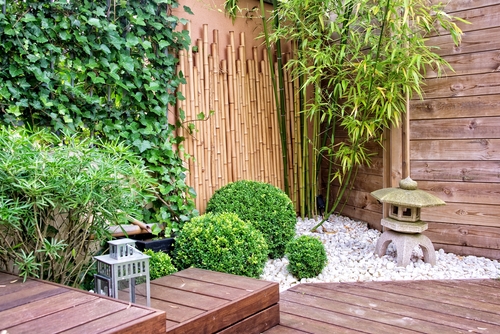
Bamboo is a member of the family Poaceae. You’ll find bamboo on most continents except Europe and Antarctica. Most of the species that you see today came from China, South America, Central America, or Japan.
Many bamboo species come from plains on mountainous regions of Asia where the temperature can go as low as -30 degrees Celsius during the winter. After dealing with the harsh cold for so long, bamboo has become quite an enduring plant.
Their resilience makes them great plants to plant in North America and Europe. Furthermore, there are various tropical bamboo species that came from Africa, Asia, and Australia. These tropical varieties need to stay in frost-free conditions if they hope to survive in gardens.
While these tropical variants of bamboo are harder to care for, they are truly one of the most gorgeous creations of nature that you’ll ever see. Here is some crucial information that you’ll need to know if you hope to add bamboo to your garden.
1. Growth Rate, Spacing, and Placement
When it comes to bamboo, the appropriate spacing is 3-5 feet apart from one another. It will allow you to pack your plants densely without risking growth problems due to overcrowding. If you have some varieties of bamboo that grow faster, be sure to set them further away.
If you’re in a rush to fill your garden, you can plant your bamboo in close formation as long as they have enough space to grow and spread. Bamboo is a resilient plant, and as such, planting them back to back won’t cause much harm to them, though it may slow down their growth speed.
If you’re not going for a dense look, you can set your bamboo 10 to 20 feet apart. Bamboo takes a while to grow, and likely won’t reach mature height until five years from the initial planning. Clumping bamboo will grow at a rate of around two feet each year.